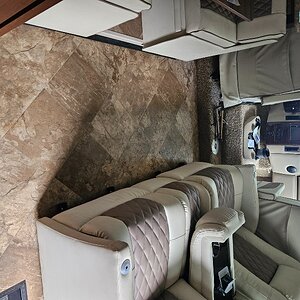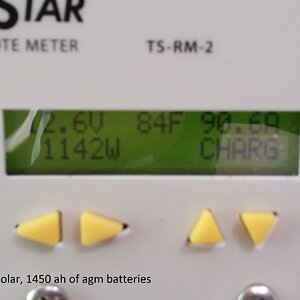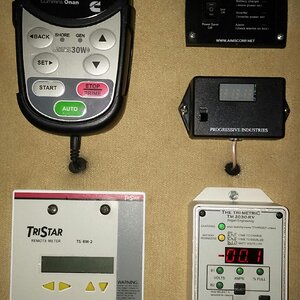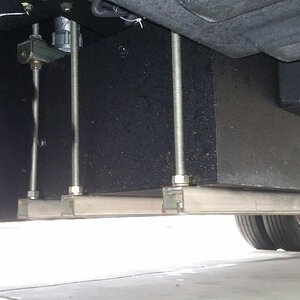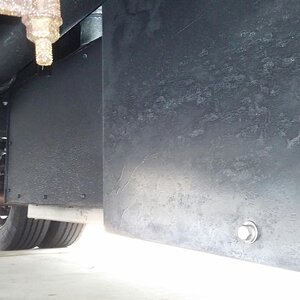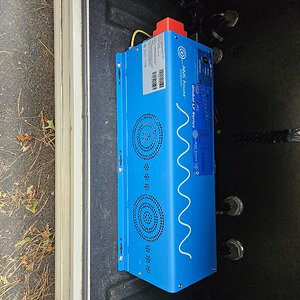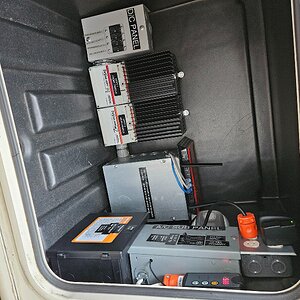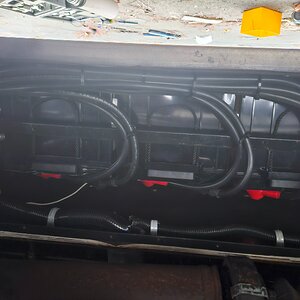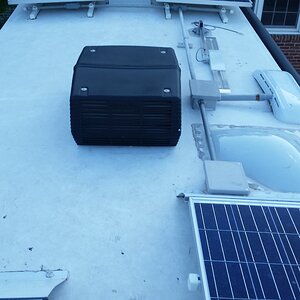A more detailed explanation of "U.L. Listed" might be in order.
When I went through a 2-year industrial electrician course, we had a field trip through the U.L. lab. Interesting to find out that U.L doesn't set the standards. It's more an excepted/accredited testing lab that actually tests items for the claims the manufacturer advertises. The testing is requested by the manufacturer, and paid for by the manufacturer. U.L. then puts the item through testing procedures, that they have to figure out how to do. (More on this later.) The mfgr has no say in U.L.'s procedures. If the item passes U.L. tests, (based on the mfgr's claims), then it earns the "U.L. Listed" rating, and the manufacturer can then boldly advertise their product as such. (It really is worth a fair amount of money to the MFGR to be able to put that on their packaging)
Now....the "more on this"......if a manufacturer claims some item is fireproof for a duration of say, 8 hours at XXXX* F, then U.L. builds a fire chamber, and subjects that item to at least the mfgr's claims, (usually to greater than the claims), and if it really is fireproof for that time, at that temperature, then it passes and gets the UL listed rating.
So.....if that adapter cord has a legitimate "U.L. Listed" claim on the packaging, then it's been tested, and has passed all the claims that are also on the packaging. If the U.L. claim is not legitimate, the mfgr has opened themself up to a massive civil lawsuit that could cost them billions in todays sue-happy society.
Just a tidbit of info.....Roger


